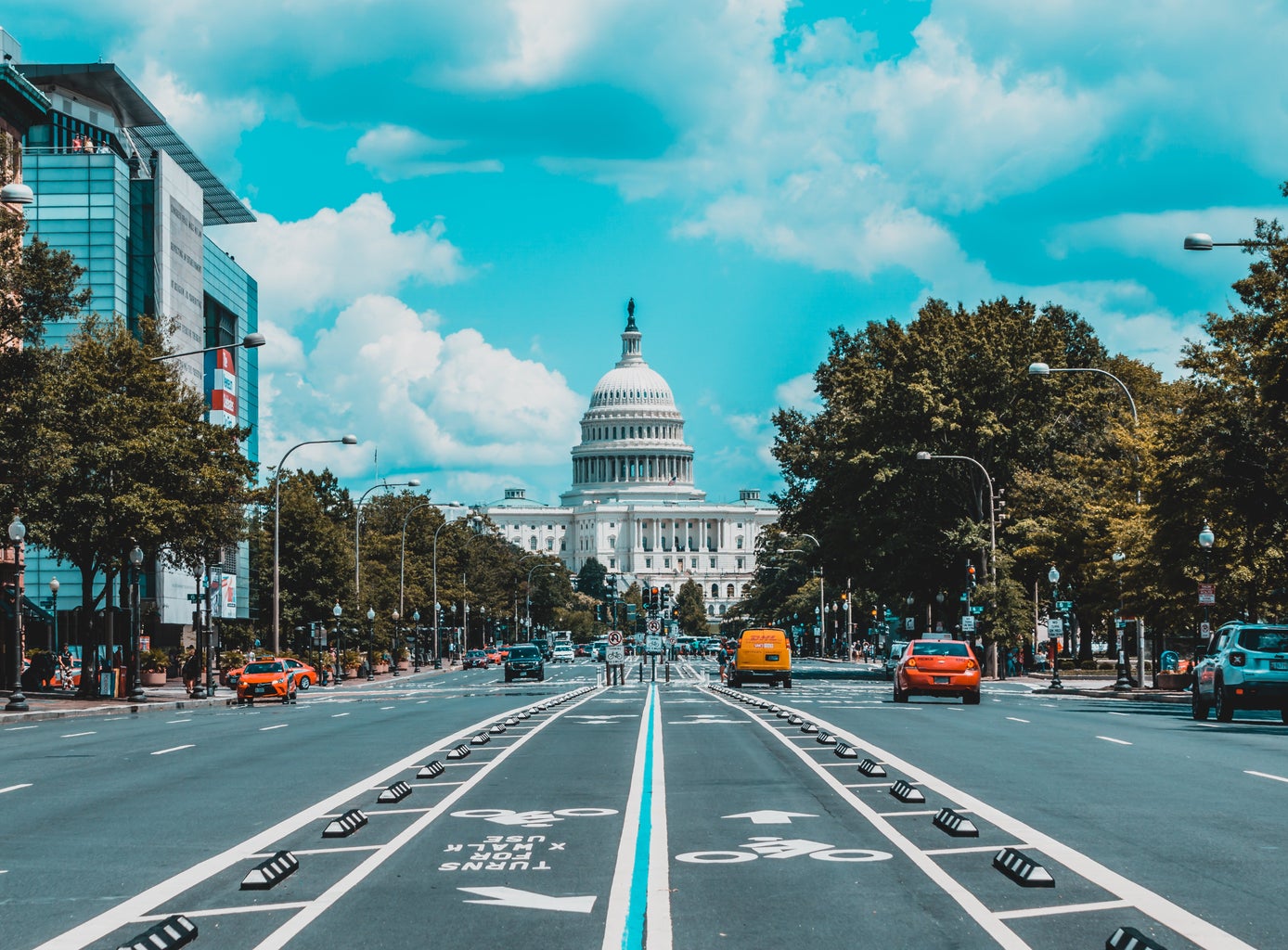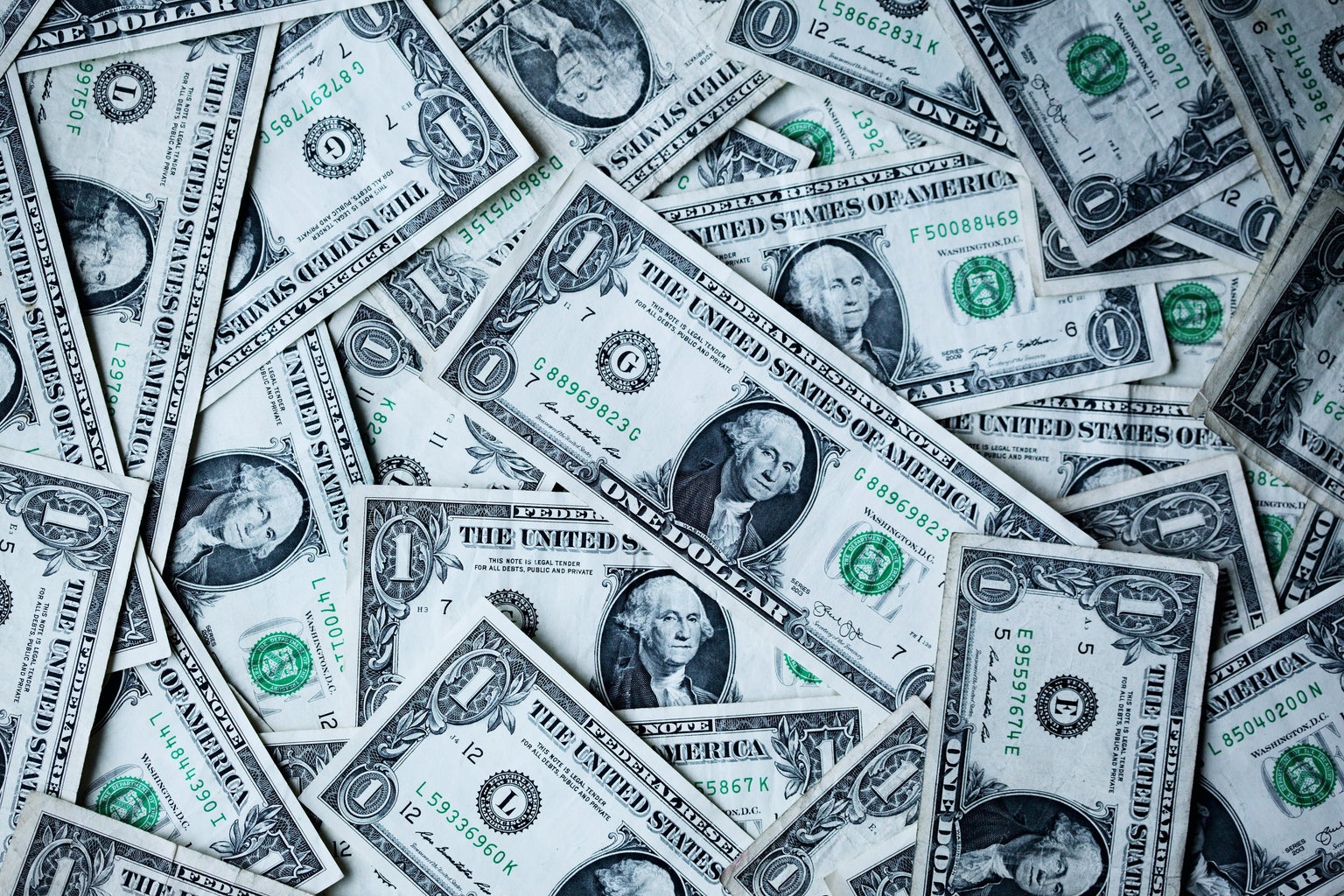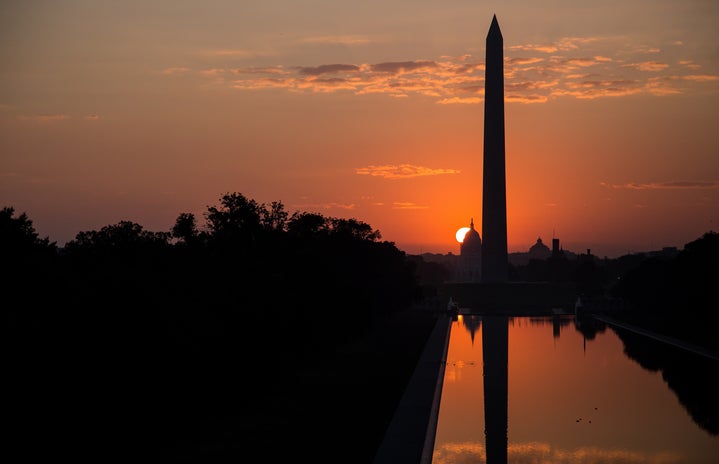The neighborhood of Logan Circle in D.C. is now known for its popular brunch spots, trendy stores and lively bars. However, this was not the former reputation of Logan Circle and was only achieved through gentrification and severe displacement of lower income residents.
Logan Circle began to go through this process in the 90s with homeowners wanting to take advantage of low prices. Zak Salih of the site Urban Turf described the area at the time as “a neighborhood ravaged by the 1968 riots and rampant crime.” He then explained the years following as “subsequent decades saw the arrival of rehabilitated Victorian houses, a neighborhood Whole Foods (seen by many as a key turning point), trendy new watering holes and eateries, and a new influx of younger renters and homeowners.”

Although these additions may seem like possible improvements to the area, they are signs pointing towards gentrification which, in D.C specifically, often means displacement.
Unfortunately, DC is one of the only cities where gentrification is actually physically displacing people. According to Natalie Delgadillo of DCist, from 2000 to 2016, DC has “experienced the strongest gentrification and displacement of any city in the country.”
A homeowner in Logan Circle explained to Salih that “[s]ome people have been priced out of the neighborhood, and I’d hate to see more people displaced”.
Delgadillo also shares in the article that 35% of DC’s low income residents live in areas that are economically growing which is the main source of displacement. Although economic growth is vital for a prospering city, the current growth is not benefiting lower income families that need it most. Oftentimes gentrification brings in large chains which replace small businesses that were owned by the original residents of the area; the economic growth is usually caused by this process.
Reuben Hochens, a resident of Logan Circle, was interviewed by Elahe Izadi for DCentric and explained the process of his business and the building it was in being bought out in order to make luxury condos on 14th street of Logan Circle. Hochens bought the family lock business, Downtown Lock co, with his partners in the 1970s and told Izadi that he grew in the shop where celebrities would often visit for its ability to service toy trains. Despite this memory, Hochens was not too disappointed about the sale considering it made him and his partners a large profit.

However, Hochens did acknowledge that he understands the fear of changes within DC as space is not as available anymore. He also stated “[a]fter being there for so many years, you miss it.” Sadly there are plenty of examples of the original character and culture being stripped from Logan Circle.
The website WeLoveDc outlined the history of Logan Circle by stating, in the early 1900s, it was the epicenter of Black Washington with many Black leaders residing there. Logan Circle was once a bustling area of the city that housed DC’s upper middle class. According to the Jason Martin Group, notable figures of the Harlem Renaissance helped Logan Circle be an example area of Black affluence; these figures include Duke Ellington and Langston Hughes. Logan Circle was described to be home to Victorian mansions and beautiful row homes. Although the beauty of many of these houses still remain, the area is no longer a haven for Black excellence. According to Niche, Logan Circle is now only 26% African American and 49% white.
Following the 1968 riots that destroyed much of DC, Logan Circle turned into the city’s red light district. Reuben Hochens described his time growing up there saying “I’m talking about the pimps prostituting the girls, and drugs addicts and drug pushers — you had to be tough.”
Unfortunately, this change was followed by many years of struggle and violence within the neighborhood only to be ended by intense gentrification. Instead of revitalizing the neighborhood for the current residents who called it home, the neighborhood was completely overhauled, destroying much of the culture in the neighborhood and dissolving its history as well.
Photos: Her Campus Media Library



